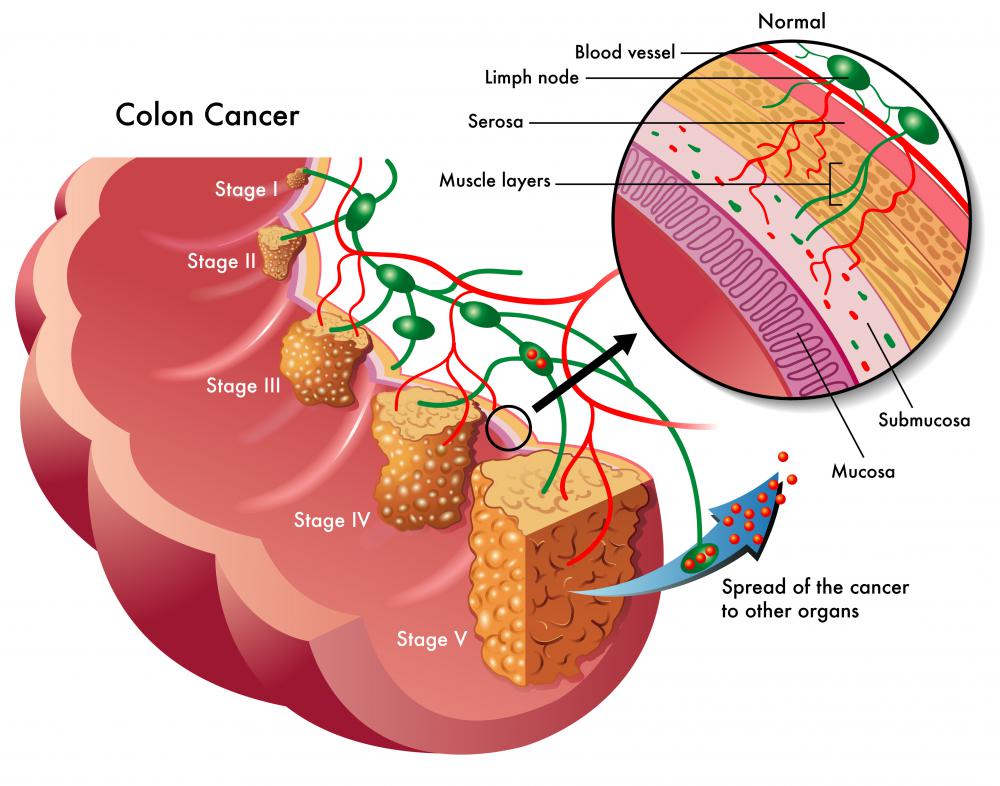At TheHealthBoard, we're committed to delivering accurate, trustworthy information. Our expert-authored content is rigorously fact-checked and sourced from credible authorities. Discover how we uphold the highest standards in providing you with reliable knowledge.
What is Phytate?
Phytate is the salt form of phytic acid. It is also known as inositol hexakisphosphate or IP6. This acid is responsible for the storage of phosphorus in plant tissues. The most common sources of phytate are bran, seeds, and nuts. Wheat bran, for example, contains 3% phytic acid.
The phosphorus bound to phytate is not typically bio-available to any animal that is non-ruminant. Ruminant animals, such as cows and sheep, chew, swallow, and then regurgitate their food. This regurgitated food is known as cud and is chewed a second time. Due to an enzyme located in their first stomach chamber, the rumen, these animals are able to separate and process the phosphorus in phytates. Humans and other non-ruminant animals are unable to do so.

Humans should limit their intake of phytate as it has several properties which can be harmful to the body. First, phytic acid chelates strongly with minerals needed by the body, such as calcium, iron, and zinc. The process of chelation creates a bond between the acid and the mineral, rendering it insoluble and therefore useless. Second, phytic acid bonds with the basic vitamin niacin, causing a condition known as pellagra. This has earned it status as an anti-nutrient, since it interferes with the absorption and uptake of nutrients required by the body.

The amount present in grains and nuts can be reduced by cooking, though even greater effects are seen if the food is allowed to soak in an acid medium or sprout naturally. It is especially important that the amount of phytate intake be limited in young children, or those who receive most of their mineral supply from foods like wheat or grains. This can include vegetarians, or those living in developing nations where other sources of food may be scarce.
Despite its potentially harmful effects, studies have shown several beneficial results from phytate consumption. The first is that phytate acts as an anti-oxidant, which prevents the creation of free radicals that can damage cells. Second, the mineral binding properties of phytate allow it to combat colon cancer by reducing oxidative stress in the intestinal tract. Phytic acid has been shown to protect against Parkinson's disease in an in vitro environment. It is also used as a food preservative.
This acid is also used in industrial applications, such as soil remediation. for instance, it can be used to immobilize inorganic contaminants, like uranium or nickel. It is also used medically, as a chelation treatment for the removal of uranium.
AS FEATURED ON:
AS FEATURED ON:












Discussion Comments
I'm really interested in phytate and anti nutrients and I have learned to soak my grains in whey. I do this with many high-phytate foods. I soak them in the whey left over from making yogurt, but I have friends that use lemon juice and water. You just need an acid.
Post your comments